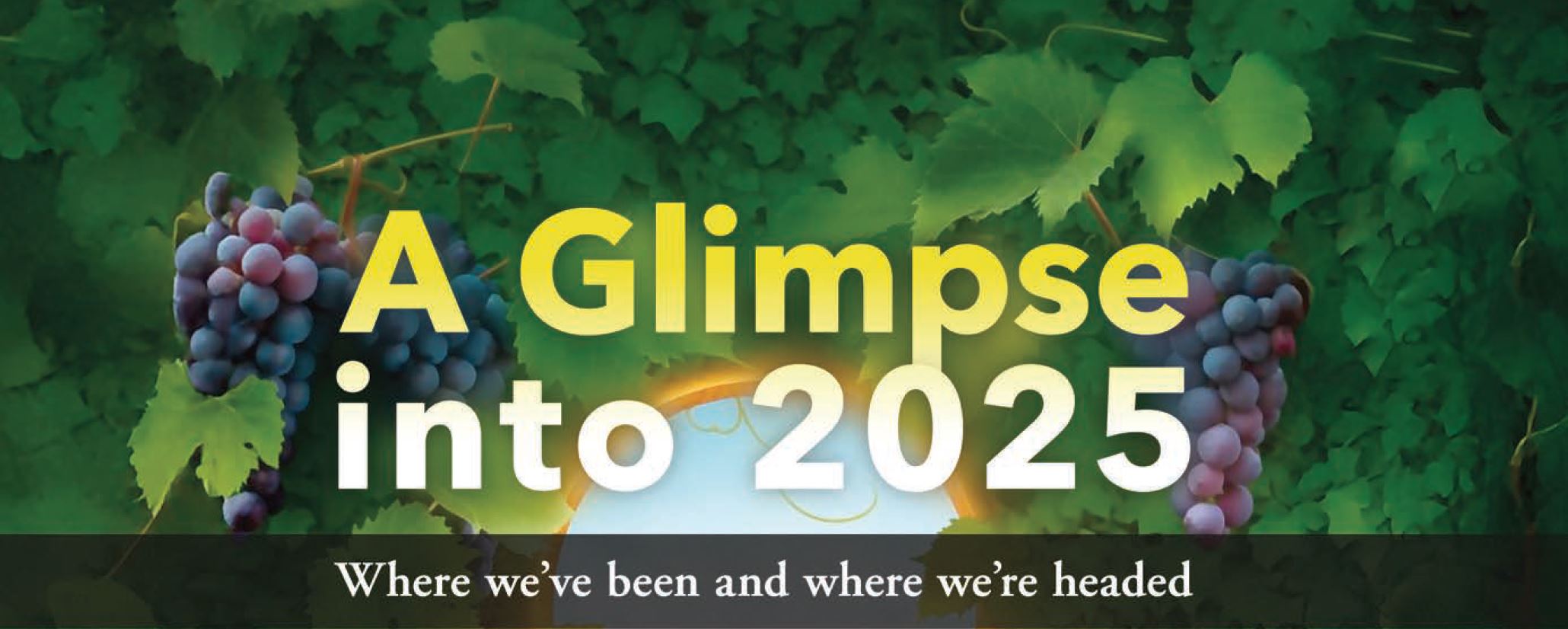Welcome to Blue Book!
Are you ready to join the thousands of companies who rely on Blue Book to drive smarter decisions? View our plans and get started today!
Still have questions? We’d love to show you what Blue Book can do for you. Drop us a line– we’ve been waiting for you.
The hiccup, Brown explains, is finding good people. Quality carriers, he asserts, are characterized by good communication, good equipment and maintenance, and of course, good service. “Our biggest challenge is finding quality carriers to partner with,” he states, but adds the truck brokerage has been addressing the situation by focusing on a core group of carriers with a proven track record.
FRESH FORUM
Consumers continue to demand locally grown fruits and vegetables in stores, and vendors have different interpretations of ‘local’ – how do you define local?Mike Bowe, B & B Imports
Cincinnati, OH
It’s a never-ending question; each retailer has its own definition.Bob Kirch, Caito Foods Service, Inc.
Indianapolis, IN
We define ‘local’ as product grown within 250 miles of our customers.Brendan Comito, Capital City Fruit Company, Inc.
Des Moines, IA
We let the customer define it, then we comply. One of our customers defines produce as local if they have a store in the state where it was grown. Personally, I define local as being grown in Iowa, or the bordering states, because it is similar soil, weather conditions, etc.Joe Guyette, CST Lines, Inc.
Green Bay, WI
I define local as Wisconsin—regional would be neighboring states—anything outside of that would be national.Jimmy DeMatteis, Des Moines Truck Brokers, Inc.
Des Moines, IA
I define local as produce harvested from our region at the same time as when our growing season in Iowa is in full swing. This would include Minnesota, Illinois, Nebraska, and Indiana.Greg Corsaro, Indianapolis Fruit Company, Inc.
Indianapolis, IN
We define ‘local’ the way our customers do, and it varies. Some define it as in-state; others as in-state plus contiguous states; still others define it broadly as the Midwest. Then we have customers who define it as a small area within their own state. We tailor our definition according to our customers’ and are prepared to supply them by their definition of ‘local’ product.Sam Maglio, Jr., Maglio & Company
Milwaukee, WI
The consumer’s definition is truly the only one that matters. We have a program called ‘Hometown Harvest’ which brings product from certified food-safe farms to our customers. We also use a regional approach, defining 250 air miles from our distribution center in Milwaukee as our sourcing locale.Jason Brown, Overland Xpress, LLC
Cincinnati, OH
If something says ‘local,’ I would expect it was grown in the same region as the store where it is being sold.Lori Taylor, The Produce Mom
Indianapolis, IN
It’s important that retailers identify and define their ‘locally grown/sourced’ parameters. As a consumer, I’m well- educated when it comes to agriculture and all our efficiencies in transportation and logistics—I live in Indiana, but I consider USA-grown to be local because I want the best eating experience possible.
DeMatteis’ struggle is a bit different. “Our biggest hurdle is keeping our feet on the ground in the midst of increasing growth,” he observes. By this, he means placing emphasis on keeping employees properly trained and giving proper service to customers. To address the growing pains, DeMatteis says, “We’ve increased our use of technology and education. For example, we’ve worked toward 100-percent Certified Transportation Broker status. We think this makes for stronger, more professional employees.”




